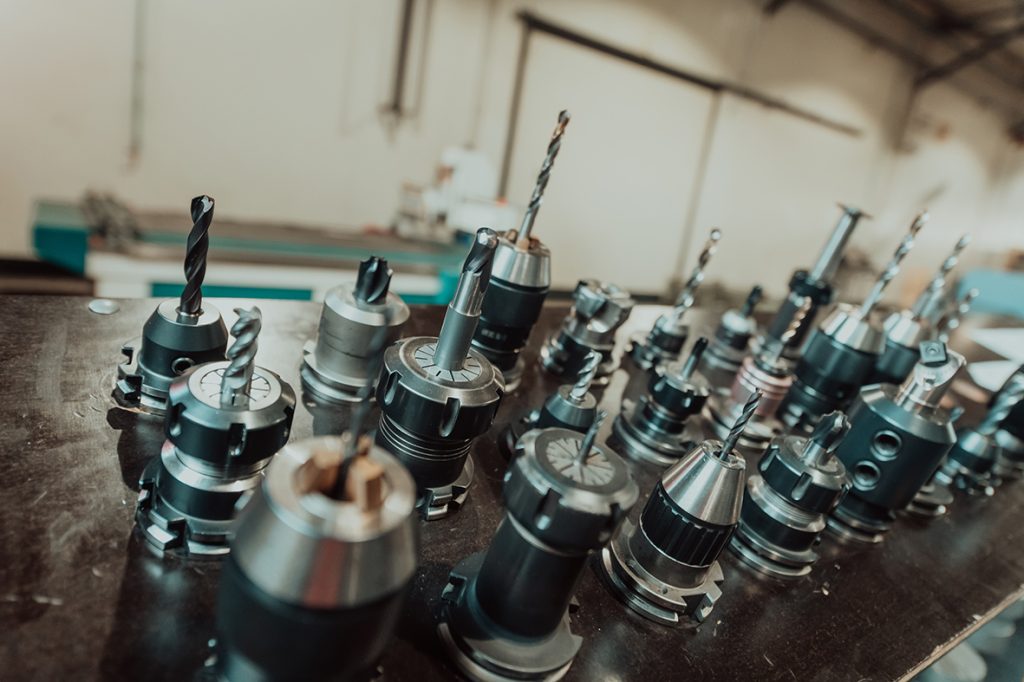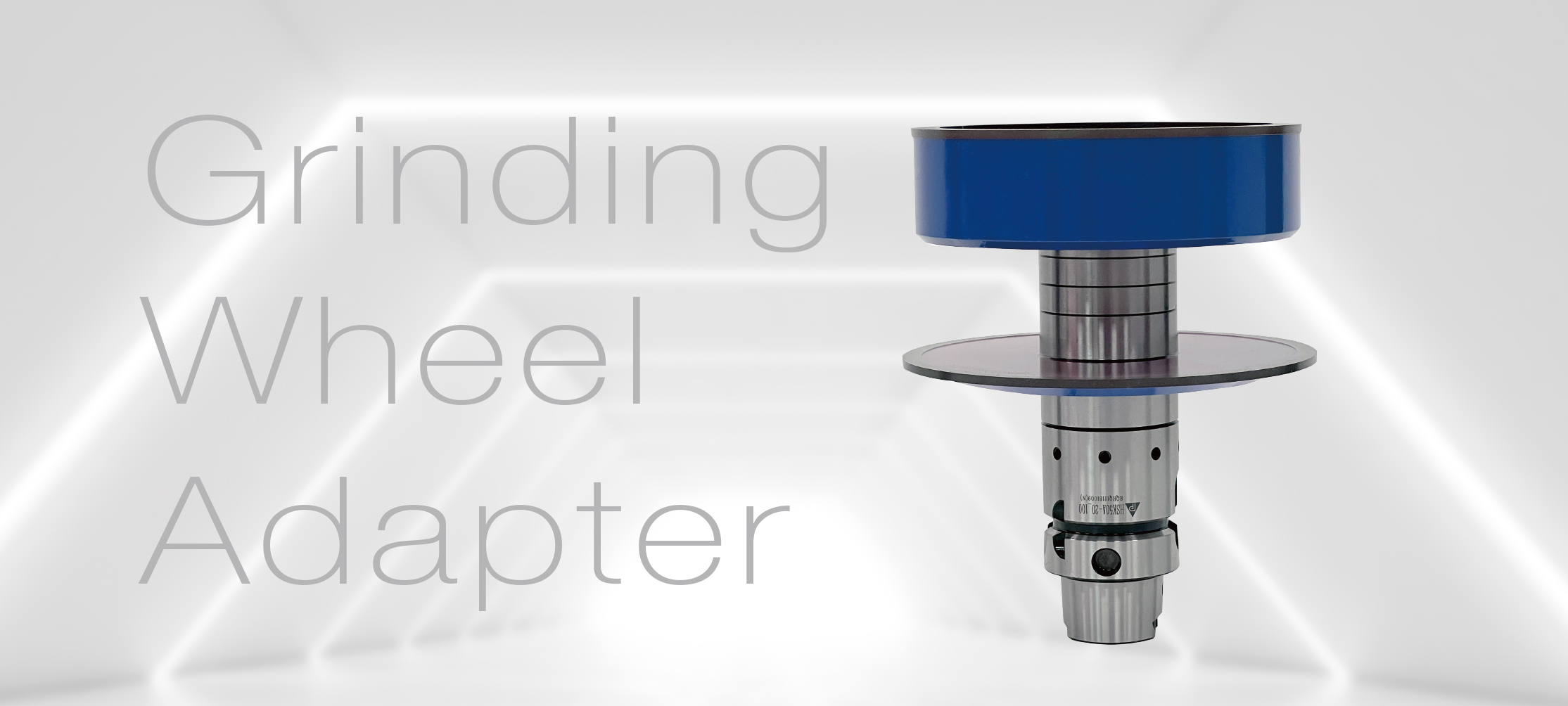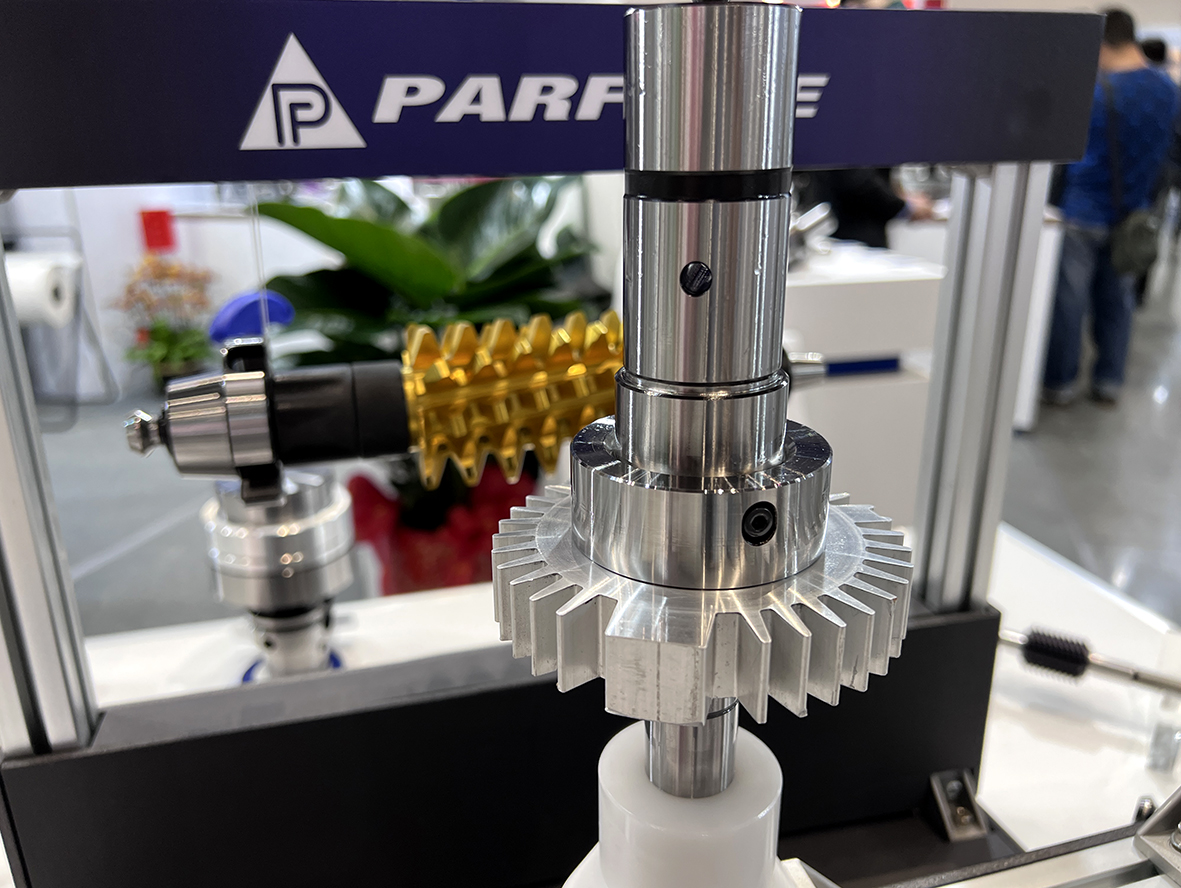A Complete Guide to Drill Types and Applications: Choosing the Right Tool to Boost CNC Machining Efficiency
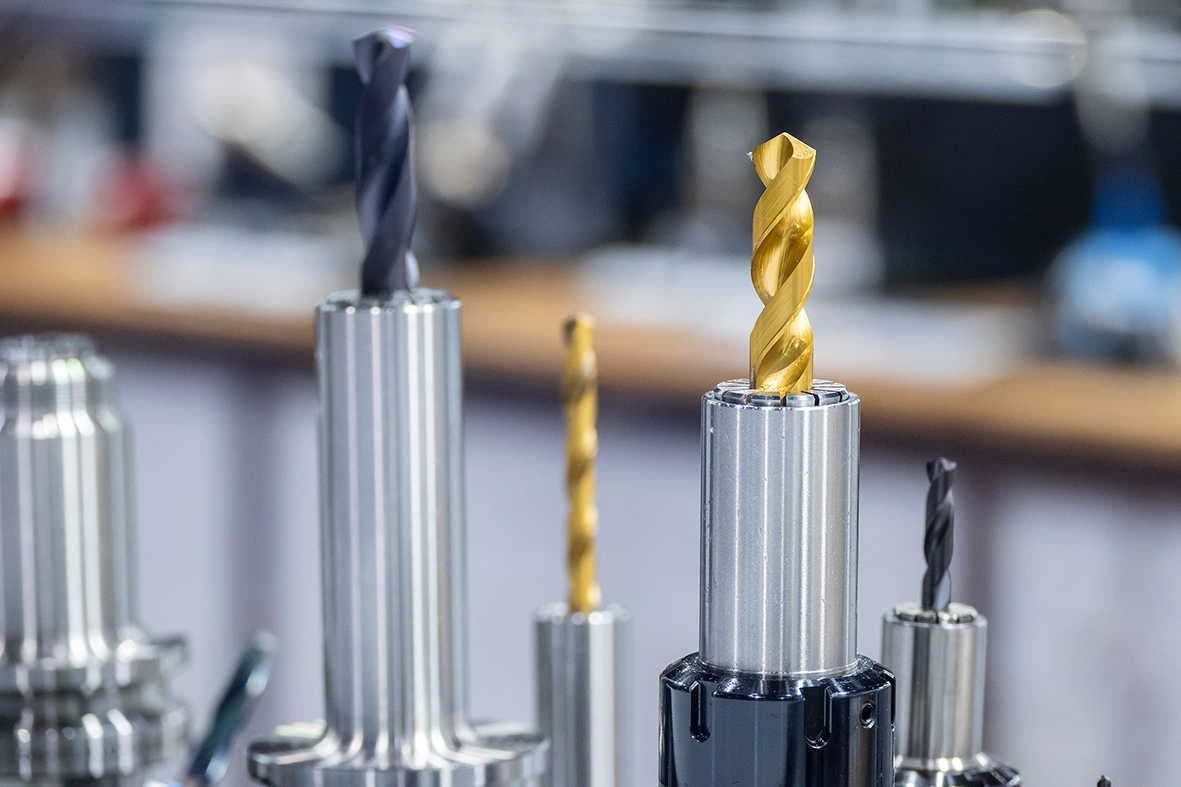
Basic Functions and Applications of Drills
Drills are among the most commonly used and versatile cutting tools in metalworking and machining. Their primary function is to create precise and required holes in various materials. These holes may serve for part assembly, screw fastening, oil passages, or act as reference points for subsequent machining. Therefore, the quality of drilling directly affects overall machining accuracy and stability. Different types of drills are designed for specific hole diameters, depths, and workpiece materials. Choosing the wrong drill can reduce machining efficiency, increase tool wear, or even lead to scrapped parts. In CNC high-speed machining, stability and efficiency are critical competitive factors. For manufacturers, drills are not just tools—they are a central link between machining quality and productivity.
Basic Structure of Drills
Although drills appear simple, their structural design contains key factors that influence cutting performance:
‧Drill Point: Responsible for penetrating the workpiece, it is critical for positioning accuracy.
‧Cutting Edge: The main cutting part that directly influences cutting efficiency and chip formation.
‧Flute: Assists in chip evacuation and provides a path for coolant, which is especially important in deep-hole drilling.
‧ Neck: The transition between the cutting section and the shank, balancing strength with chip space.
‧Shank: Connects with the tool holder and transmits torque, ensuring stable operation of the drill.
In CNC machining, drill performance is influenced not only by the drill itself but also by the rigidity and precision of the tool holder. For example, PARFAITE hydraulic tool holders significantly reduce drill runout and vibration, ensuring hole accuracy and tool longevity.
Drill Materials and Their Properties
Drill material determines cutting performance and tool life:
‧High-Speed Steel (HSS): Offers good toughness and versatility, suitable for general metal and wood drilling.
‧Cobalt High-Speed Steel (HSS-Co): Provides higher heat and wear resistance, ideal for stainless steel or hard steels.
‧Carbide: High hardness and wear resistance, capable of maintaining stability in high-speed and high-volume CNC operations.
此外,針對特殊應用還有PCD(聚晶金剛石)與 CBN(立方氮化硼)鑽頭,這些超硬刀具雖成本較高,但能應對鋁合金、碳纖維複合材料,甚至超硬鋼材,提供極長的壽命與出色的加工品質。選擇鑽頭時,必須綜合考慮工件材質、加工條件與成本效益,才能找到最適合的解決方案。
Drill Coatings and Features
隨著加工技術的進步,鑽頭的塗層成為提升性能的關鍵。常見的TiN(氮化鈦)塗層,呈現金黃色,不僅耐磨性佳,還能減少摩擦,適合通用型加工。若遇到高速切削或高溫環境,TiAlN(氮化鈦鋁)塗層則表現更為出色,能在高溫下維持硬度,延長刀具壽命。對於鋁合金或非鐵金屬,則建議使用DLC(類鑽碳塗層),因為它摩擦係數極低,能有效防止積屑瘤的產生。還有一些進階的 PVD 或 PCVD 多層塗層,能同時兼顧耐磨與耐熱性能,特別適合加工高硬度鋼材。不同塗層的選擇,往往決定了鑽頭能否在嚴苛的加工環境中保持穩定。對於 CNC 生產線而言,選用正確的塗層,不僅能減少換刀次數,還能大幅提升加工效率。
Drill Types and Applications
Different drill designs suit specific machining needs:
‧Center Drill: Creates accurate starting points and avoids drill wandering.
‧Spot Drill: Used for precise positioning before main drilling.
‧Twist Drill: Simple and versatile, the standard choice for general drilling.
‧Flat-Bottom Drill: Suitable for blind holes or drilling on curved/angled surfaces. ‧Step Drill: Efficient for multi-diameter holes, commonly used in sheet metal.
‧Left-Hand Drill: Designed for removing broken screws or reverse drilling applications.
While their forms vary, the goal remains the same: efficiently produce high-precision holes.
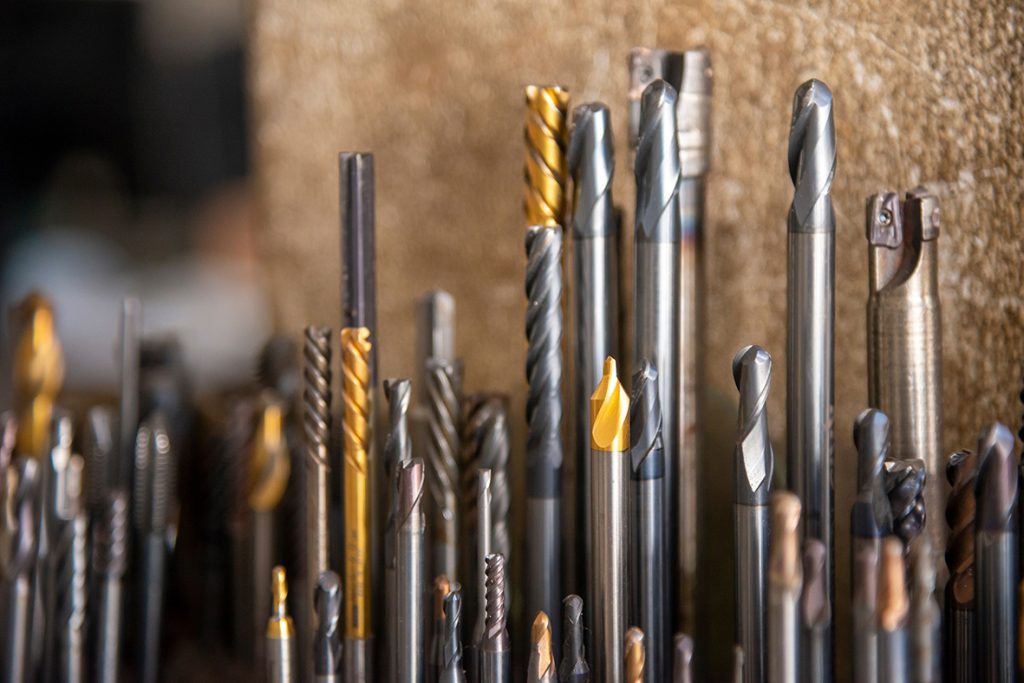
Matching Drills to Workpiece Materials
Choosing the right drill for different materials is essential: ‧Stainless Steel: Tough, prone to built-up edge; use HSS-Co or TiAlN-coated carbide for heat resistance and efficiency. ‧Aluminum: Soft, prone to burrs; DLC-coated drills or polished flute designs improve chip evacuation. ‧Hard Steel: Use carbide or PVD-coated drills for tool longevity. ‧Cast Iron: Brittle; TiN-coated carbide provides wear resistance and stability. ‧Plastics/Composites: Sharp-angle or PCD drills prevent melting, cracking, and burr formation. Proper pairing improves efficiency, reduces tool wear, and ensures optimal machining quality.
Key Considerations for CNC Drill Selection
Selecting drills in CNC environments involves multiple factors: ‧Drill Depth: Deep holes require specialized deep-hole drills with internal coolant to prevent chip clogging. ‧Cooling Method: Internal coolant directs fluid to the cutting point, reducing temperature and improving stability. ‧Tool Holding: Critical for hole accuracy. Standard collets may allow runout, while high-rigidity hydraulic holders reduce vibration and errors. Considering these factors ensures both efficiency and quality, preventing unnecessary costs from improper tool selection.
Choosing the Right Drill for Maximum Efficiency and Quality
In modern manufacturing, selecting the right drill is the first step toward high-quality machining. True drilling performance depends not only on the tool but on the entire system. PARFAITE hydraulic tool holders provide exceptional clamping rigidity and precision, keeping drills stable under high speed and cutting forces. This stability extends tool life, improves hole accuracy, and reduces scrap. For any machining facility pursuing high performance and quality, the right combination of drill and tool holder is key to gaining a competitive advantage.
